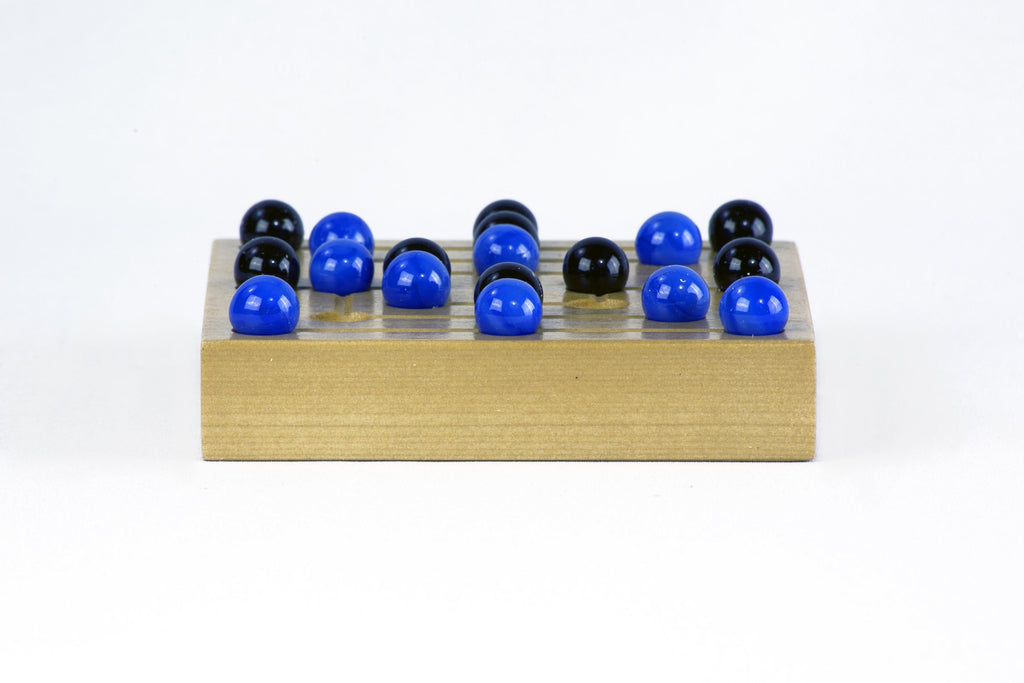


A game-playing program can use this database at every move by looking ahead one move, and maximizing the game-theoretic value of the state (from its perspective) after its move. The standard method for strongly solving games is to calculate a database containing the game-theoretic values of all the game states. In our research, we examined the positions that can be obtained from the usual starting position by modifying the number of pieces to be placed by the players. This can provide further insight into the game. Extended strong solution: We define this as a strong solution for an extended state space, namely, for all the positions reachable from a set of alternative starting positions.Ultra-strongly solved: a strategy is known which increases our chances to achieve more than the game-theoretic value when faced with a fallible opponent (i.e.This has the effect that it can play perfectly even if mistakes were made on one or both sides. Strongly solved: a strategy is known that achieves the game-theoretic value starting from any game state that can be reached from the starting position.(This might require a database with the game-theoretic values for a large subset of the game states.) Checkers, for example, was solved in this sense in 2007. Weakly solved: the game-theoretic value of the starting position is known, and we also have a strategy to achieve that.Ultra-weakly solved: the game-theoretic value of the starting position was obtained by a possibly non-constructive proof, which does not give us any actual strategy to achieve the proven value.Solving games is possible on several levels: Depth-to-win values are often calculated together with game-theoretic values. A depth-to-win value can also be defined for non-draw game states: this gives the number of moves that will happen until the end of the game if both players play optimally, not just regarding the game-theoretic values, but also in minimizing or maximizing the number of moves to the end, based on whether they are winning or losing. We can define the game-theoretic value of a game state (position) as what will be the outcome (draw or who wins) of the game played from this position, if both players play optimally. The Lasker variant with the strong solution The Morabaraba variant with the strong solution The standard variant with the ultra-strong solution For more details on the algorithm, see our paper, which appeared in IEEE Transactions on Computational Intelligence and AI in Games.
:strip_icc()/pic438639.jpg)
You can play with the computed databases, or even recompute them, with our program, Malom. ( You can read the rules here, or in our paper.) Here we provide resources (databases, executables, sources, and theoretic background) about solving these games. Nine Men’s Morris (Mills, Mühle), and its variants, Morabaraba, and Lasker Morris are popular board games.


 0 kommentar(er)
0 kommentar(er)
